QuestionHi,
My son and I are adopting a 10yr old Russian Tortoise. I have doing as much research as possible before we actually pick the tortoise up. I have read a lot of forums and web sites that recommend a 50/50 substrate blend of play sand and coconut coir. That sounds good, but I want to know how to apply it inside of the enclosure? Do I mix it together evenly? Is it split into two sections for variety? I can't find any decent illustrations. I plan on constructing my own tortoise table this weekend. Probably 3.5' x 2' . Should I include a hide box? Thanks for your response.
Sean
AnswerHi Sean,
Russians are great tortoises, and not difficult to care for if you set them up correctly from the start. The best website is russiantortoise.org, btw. You're right that the coir/playsand mix is the best substrate. I've had hatchlings to adults on it, and it is very close to a natural soil substrate, but a little easier to handle indoors. It should be mixed thoroughly; plain sand is a big impaction hazard (harmless when mixed with the coir) and should never be used by itself. Make sure the substrate is kept slightly damp at all times. This is very important because indoor basking lights are quite dehydrating, so you need to compensate for that by boosting humidity. It's also important to have a good depth of substrate. The tortoise should be able to bury itself completely, so 4-5" of substrate is good.
The size of enclosure you mentioned is really too small. I would enlarge it to at least 5 x 3, and if the tortoise will be indoors only, make it as big as you can. Ideally, especially since you're in CA, you can build an outdoor planted pen for spring, summer, and fall. This will allow your tortoise to enjoy natural sunlight (and save on your electric bill!) and graze. If you're in So CA, the tortoise may even be able to live outdoors all year round with adequate protection from chilly, damp nights.
You can provide a hide box, half log, etc., but I've found that if enough substrate depth is provided (I have about 6-8" of substrate), they prefer to simply dig in for the night. This is a natural behavior, and instinctive as protection from predators.
The tortoise you're adopting may or may not actually be 10 years old. If it was orginally purchased in a pet store, it's almost certainly wild caught and may be quite a bit older than 10. If purchased as a hatchling, the age may be correct, but since pet stores frequently claim to be selling CB hatchlings/juveniles that are clearly wild caught adults (silly, but true), it can be hard to tell. In any case, the only way to determine age is by knowing the hatch date; you can't tell by size, rings, or anything else.
I hope this all helped! If you have any other questions, please feel free to ask whatever you like. Russians are my favorite species, and I'm always happy to hear that someone is really trying to learn everything they can. : )

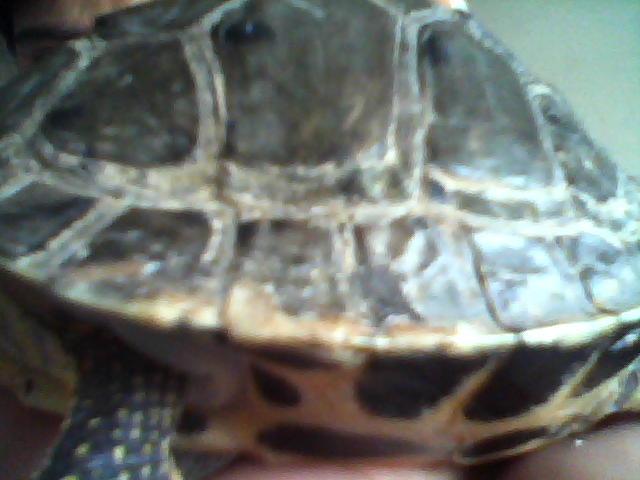 about diet and exact environment which i should create for her
Question
shell
I have a female turtle,jingo.i dont kno
about diet and exact environment which i should create for her
Question
shell
I have a female turtle,jingo.i dont kno
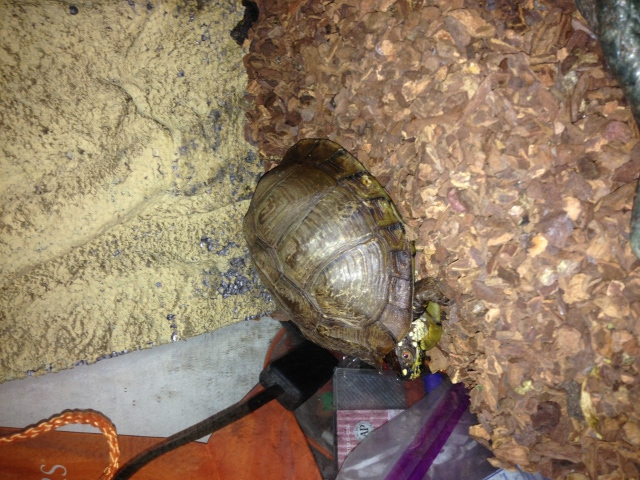 Turtle food
QuestionQUESTION: I have had my turtle for 5-7 years wh
Turtle food
QuestionQUESTION: I have had my turtle for 5-7 years wh
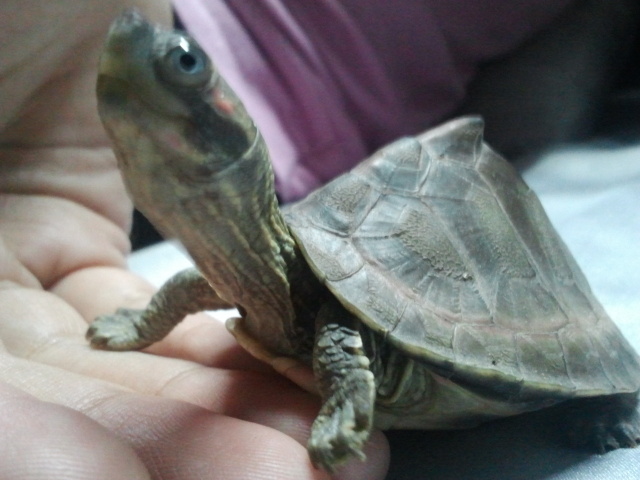 spieces of my turtle
Question
my turtle
jeannie i just want to ask i
spieces of my turtle
Question
my turtle
jeannie i just want to ask i
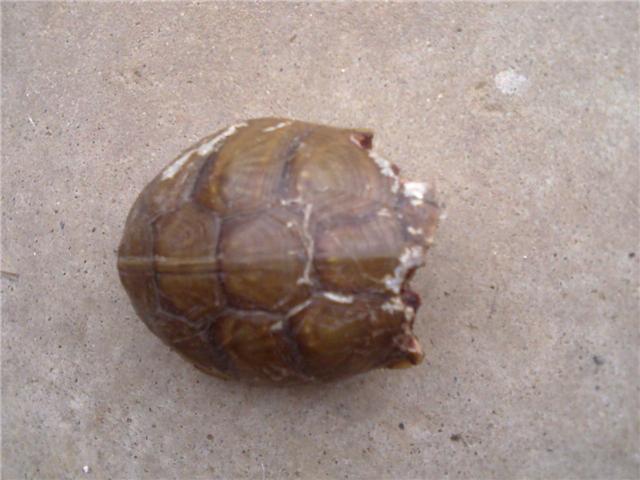 Box turtle-shell chewed up by dogs. Please help!
Question
Box Turle
My boyfriend just rescued a box turt
Box turtle-shell chewed up by dogs. Please help!
Question
Box Turle
My boyfriend just rescued a box turt
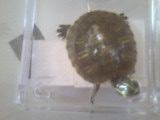 Wild Turtle
Question
Turtle I found at the
I have a small t
Wild Turtle
Question
Turtle I found at the
I have a small t